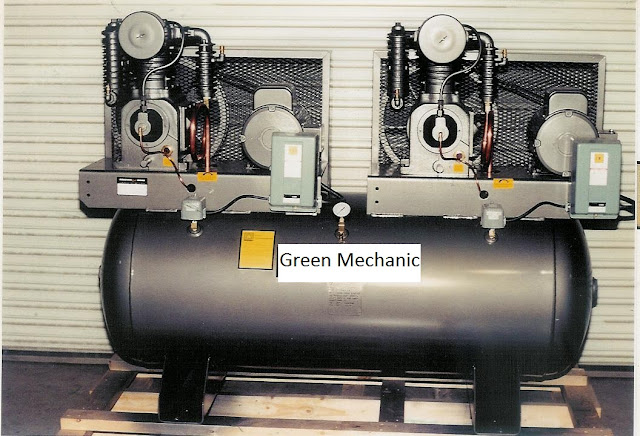Working
Electrical strain gauge is a device which produces an electric signal whenever there is a strain on the object to which they are attached. In strain gauges electrical signal is produce due to the change in the resistance of the strain gauge. Strain gauges consist of single electrical wire which passes through strain gauge body as shown below. When strain is produce in any body the length of this wire of strain gauge is changed and a result the electric resistance of the strain gauge changes. This change in electric resistance is first amplified and then calculated to find the amount of strain produce in the object.
Electrical strain gauge is a device which produces an electric signal whenever there is a strain on the object to which they are attached. In strain gauges electrical signal is produce due to the change in the resistance of the strain gauge. Strain gauges consist of single electrical wire which passes through strain gauge body as shown below. When strain is produce in any body the length of this wire of strain gauge is changed and a result the electric resistance of the strain gauge changes. This change in electric resistance is first amplified and then calculated to find the amount of strain produce in the object.













